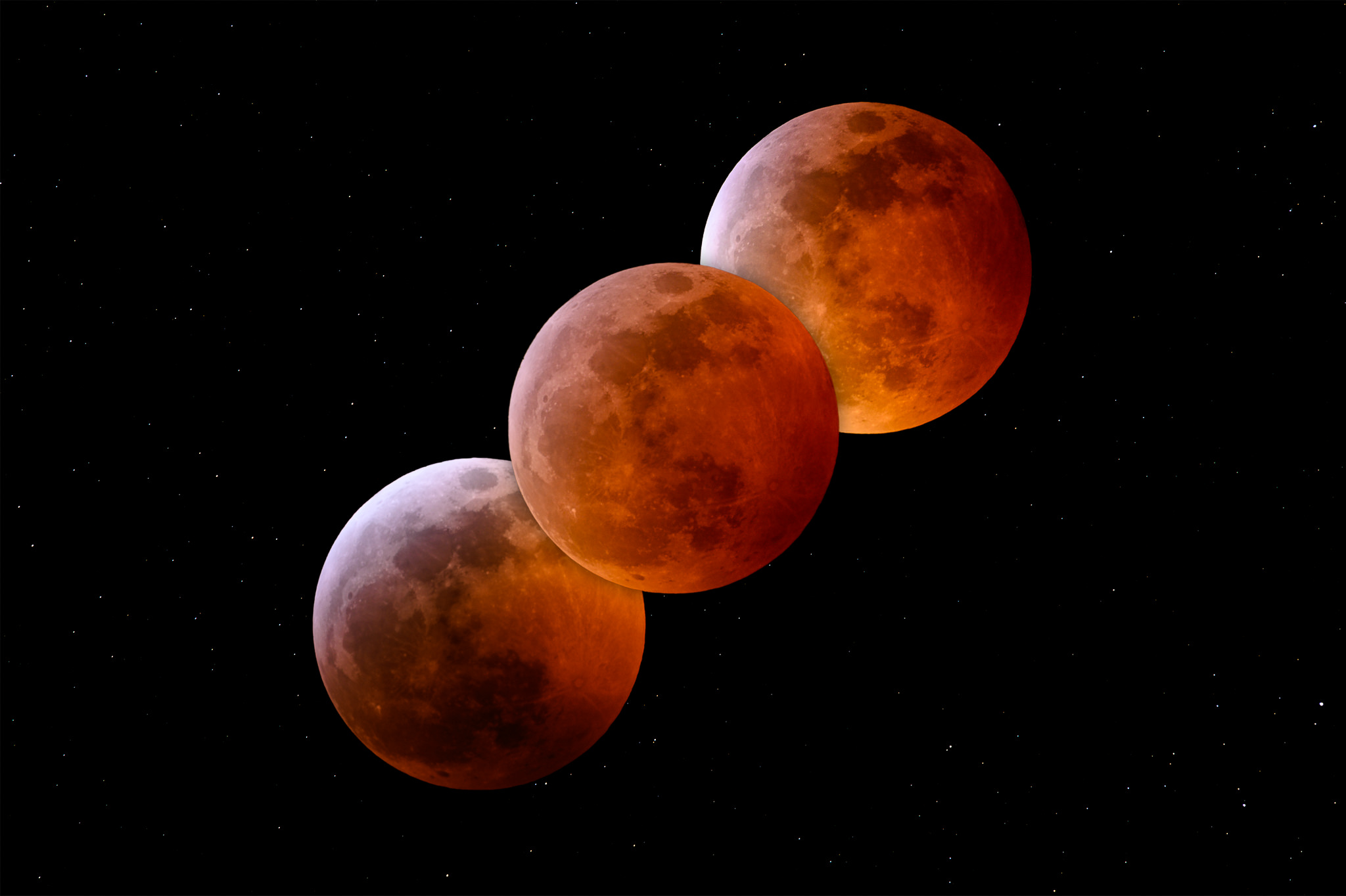fcotterill
Well-known member
As @Nimi and others say above, it's the Glass that matters most.
Autofocus is probably the most active arena of R&D by the leading companies. Nikon's strategy releases frequent firmware updates. Besides new features added and bug fixes, it's assumed each release incorporates the latest state of Deep-Learning training of the pattern recognition algorithms.
Subject Detection has significantly changed how we use the Z9 and related MILCs with their respective versions of the Z9 Autofocus system. One advantage, for example, of SD with wildlife subjects is getting images of sharp eyes on a moving subject.
Useful sources for Nikkor reviews and data links are appended, with respect to information for wildlife gear.
Many of us rely on the FTZ adapters to use G and E type F-mount lenses on our Z cameras.
 bcgforums.com
bcgforums.com
 www.naturalart.ca
www.naturalart.ca

 photographylife.com
photographylife.com
 bcgforums.com
bcgforums.com
Autofocus is probably the most active arena of R&D by the leading companies. Nikon's strategy releases frequent firmware updates. Besides new features added and bug fixes, it's assumed each release incorporates the latest state of Deep-Learning training of the pattern recognition algorithms.
Subject Detection has significantly changed how we use the Z9 and related MILCs with their respective versions of the Z9 Autofocus system. One advantage, for example, of SD with wildlife subjects is getting images of sharp eyes on a moving subject.
Useful sources for Nikkor reviews and data links are appended, with respect to information for wildlife gear.
Many of us rely on the FTZ adapters to use G and E type F-mount lenses on our Z cameras.
Detailed comparisons of Nikkor Telephotos
For Z system, including a few F Nikkors - synopsis of Thom Hogan's detailed testing to identify the 'Best Telephoto Options in the Z Mount' : https://www.zsystemuser.com/z-mount-lenses/nikkor-lenses/z-mount-lens-articles/best-telephoto-options-in.html Table added:
Natural Art Images: Brad Hill: Stuff I Use Part I: Cameras
Camera gear and related accessories regularly used by Brad Hill in the field. Part I - Cameras I currently use or have used.

Lens Reviews - Photography Life
This page contains all hands-on, detailed lens reviews that have been published by the team of proessional photographers from Photography Life.
 photographylife.com
photographylife.com
"Which Nikon telephoto(s)?" for Wildlife Genres: Updated
This question involves an interesting set of factors. The answer(s) depend on one's personal needs, and budget obviously, besides the diversity of subjects and respective conditions. These comparisons the photographer is familiar with the fundamental factors when selecting a lens, in this case...
Last edited:

